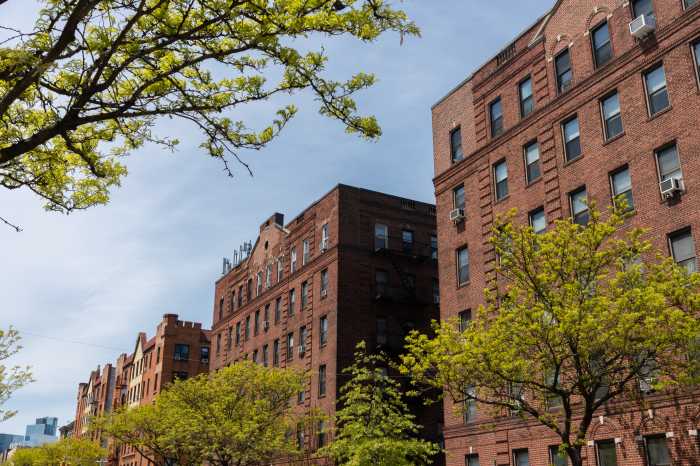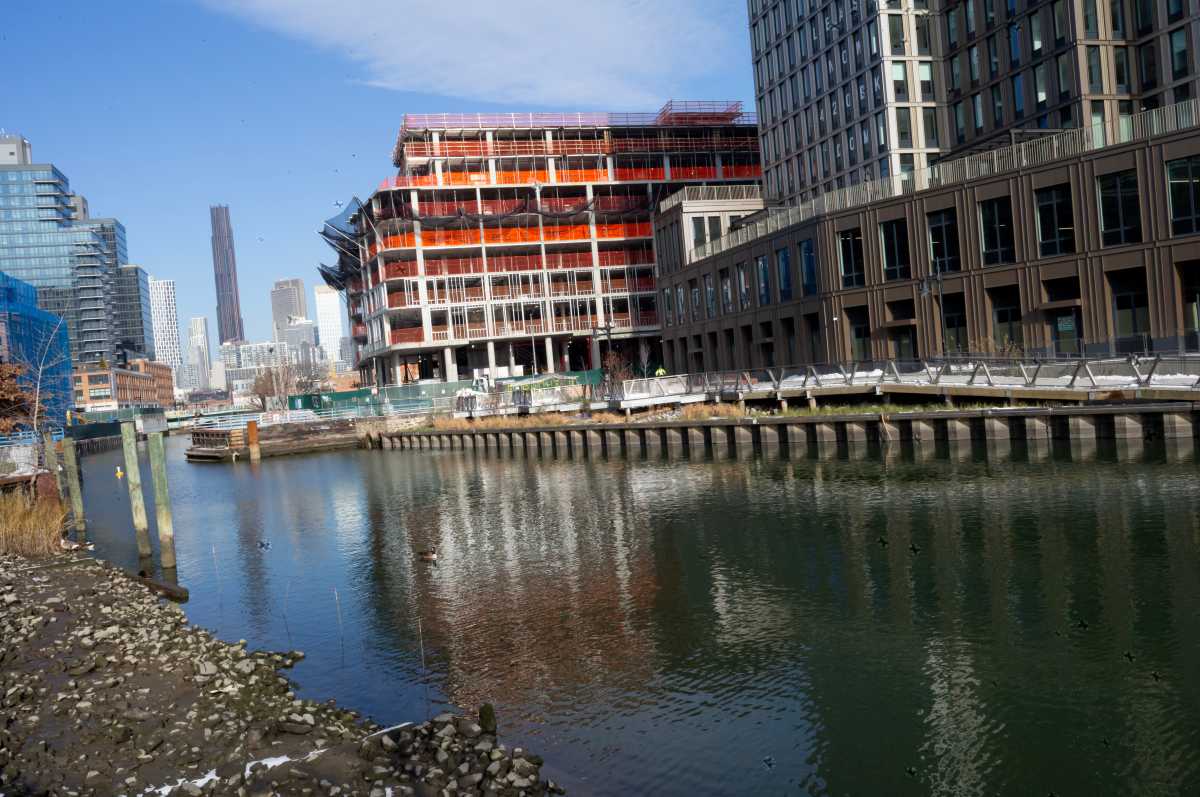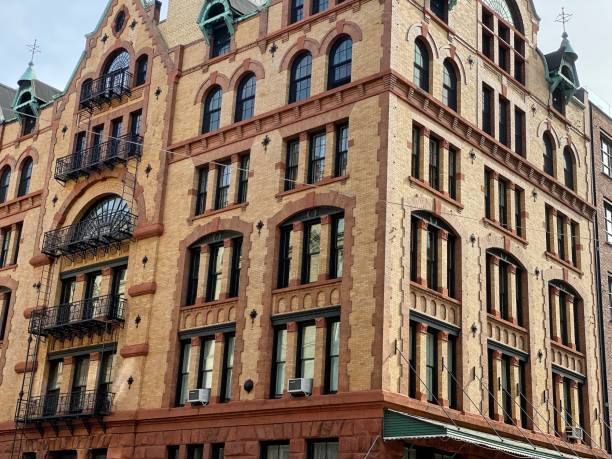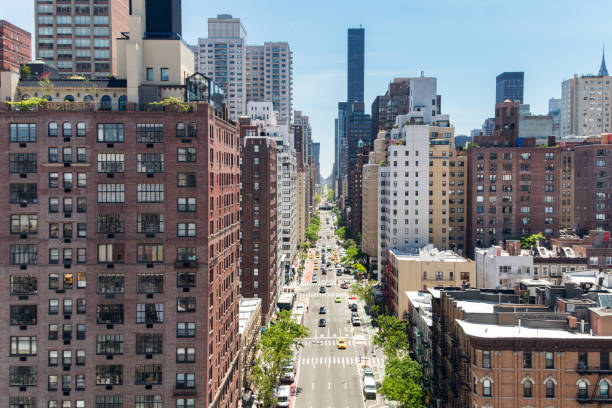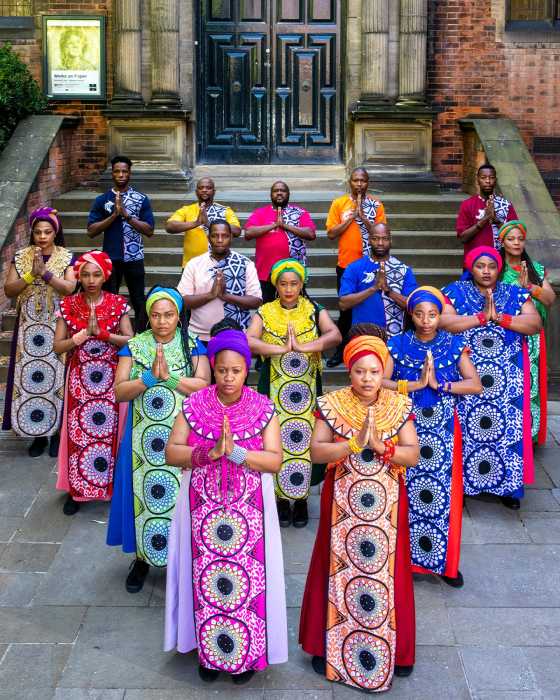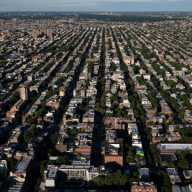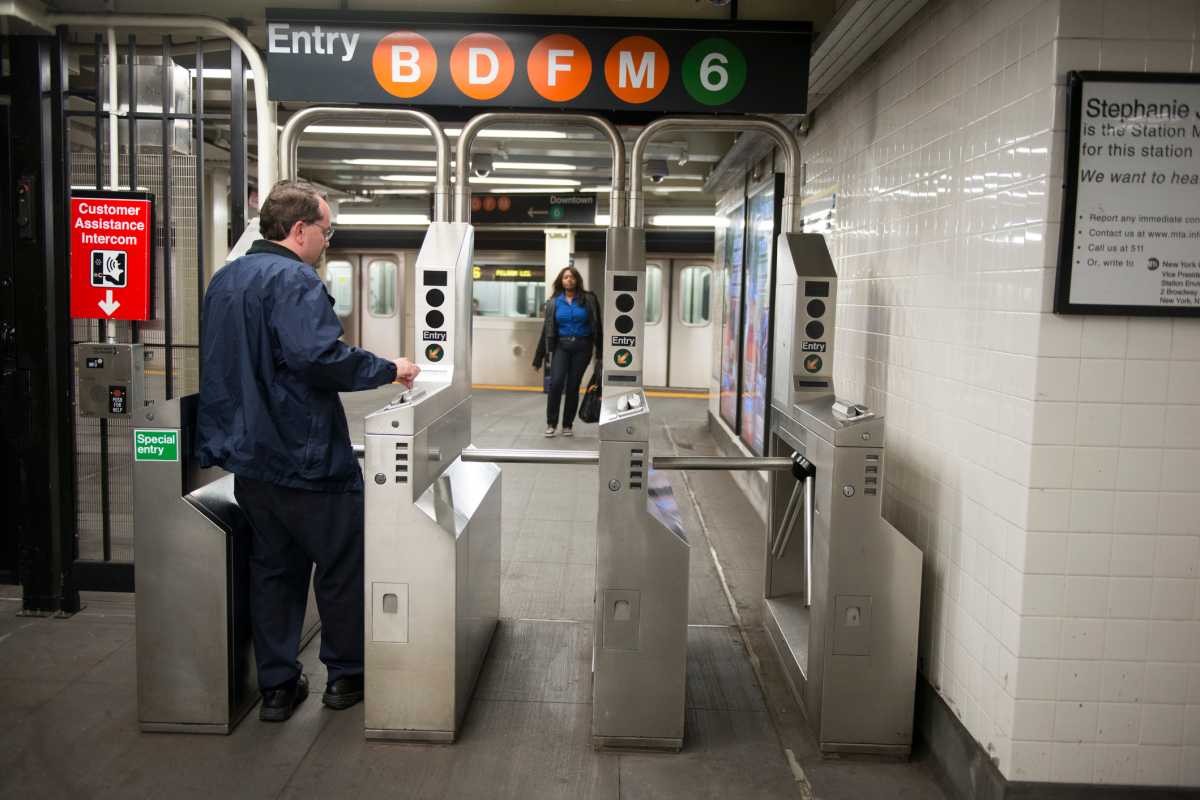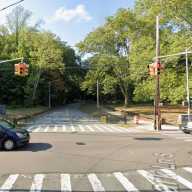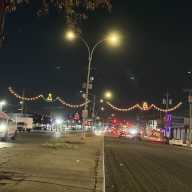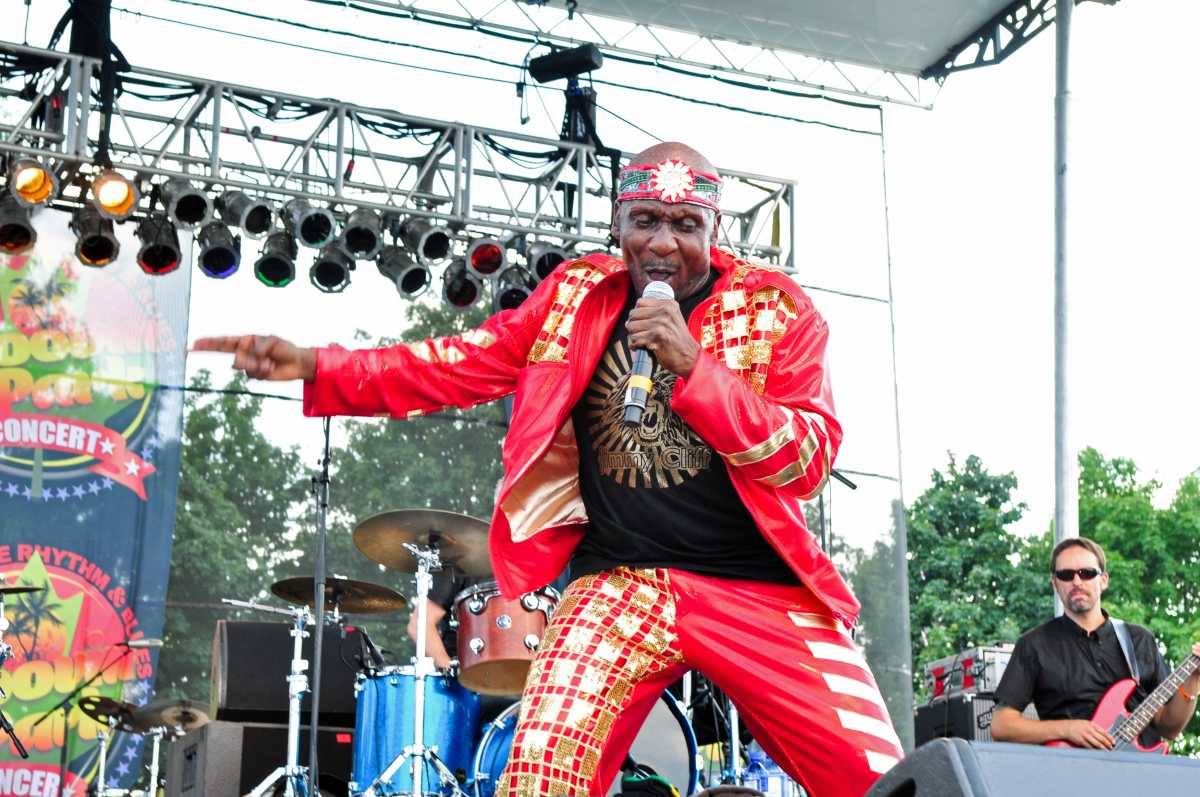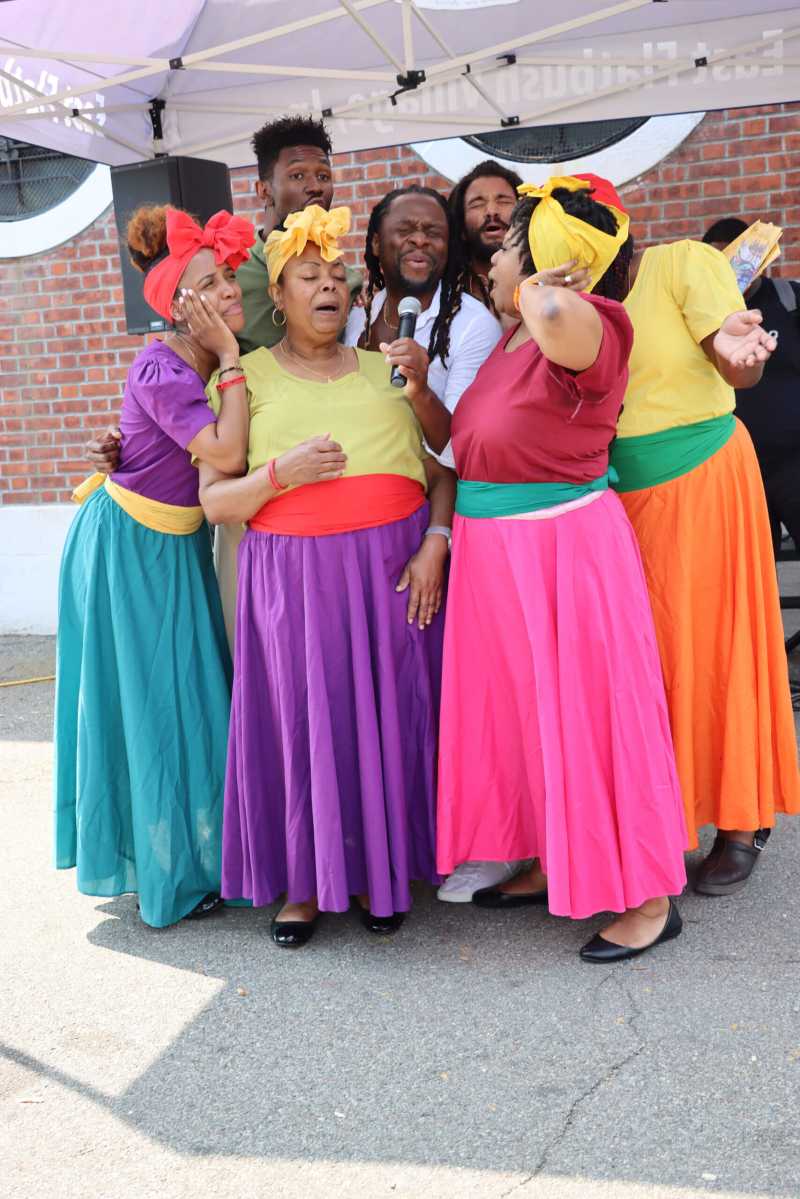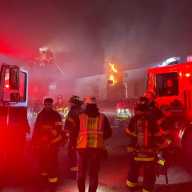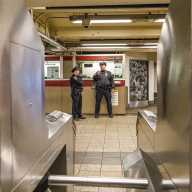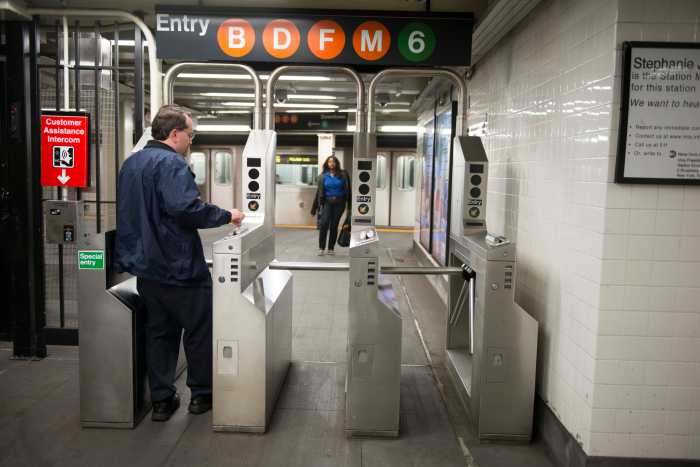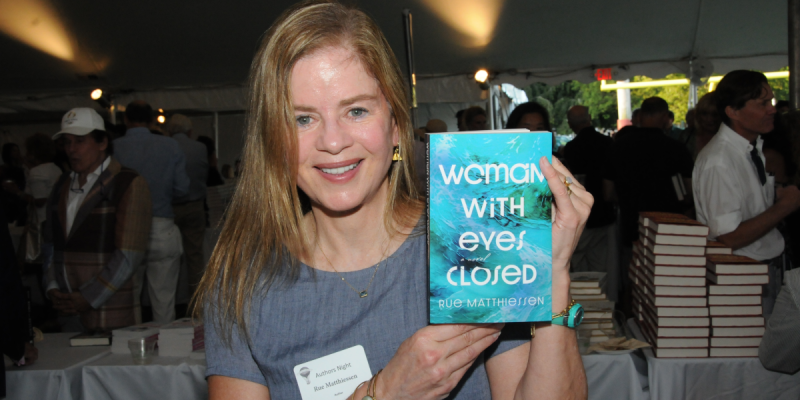During the first two months of 2025, the rental markets in the New York City boroughs of Queens, Manhattan and Brooklyn have each gone through different year-over-year trends, according to a report by the real estate listing site RentCafe.
By analyzing five key metrics for rental competitiveness for 139 different markets across the United States, rental competitive index (RCI) scores were calculated. These metrics included the number of days apartments were vacant, the percentage of apartments occupied by renters, the number of prospective renters competing for an apartment in the area, the percentage of renters who renewed their leases and the share of new apartments completed recently.
Manhattan has begun 2025 with the second-highest jump in rental competitiveness across the country, trailing only Inland Empire in California. The RCI score rose by 8.2 points in Manhattan, up from 69.1 to 77.3, ranking as the 26th-highest among the areas included in the study. There has been more interest in renting apartments in the borough so far this year compared to last year. The number of prospective renters for each vacant unit in Manhattan rose from five in 2024 to seven in 2025. Consequently, these vacancies are being filled three days faster on average, from 48 days this time in 2024 to 45 in 2025.
The supply of apartments in Manhattan has remained mostly static through the first two months of 2025, rising from 0.21% of new apartments added last year to just 0.25% this year. This has led to the percentage of lease renewal activity to remain mostly the same, at 66%. Thanks in large part to this high renewal rate and little construction of new apartments, less than 5% of the units in Manhattan are available.
In Queens, the RCI score fell 6.4 points, from 72.2 in 2024 to 65.8 in 2025, ranking 65th in the study. This decline is due in large part to the opening of more newly-built apartments, creating less competition among prospective renters. The vacancy period for a unit in the borough rose from 40 days last year to 53 days this year. The rate of lease renewals went up from 65.8% to 66.2%. Despite the increase in new apartments, occupancy in the borough increased from 92.6% to 94.8%.
Brooklyn was more balanced compared to Manhattan and Queens. The RCI score there dropped from 80.5 to 76.2, but it still ranks high in the nation, at 33rd. As was the case in Manhattan, the number of prospective renters per unit in Brooklyn rose year-over-year from five to seven. There was a big jump in new apartments added, from 0.19% in 2024 to 0.99% in 2025. This has given prospective renters a much better chance of finding a unit. Vacancies are now taking 46 days to fill, compared to 39 days last year. Lease renewals also went up in Brooklyn, from a 68.9% rate last year to 71.7% this year.


